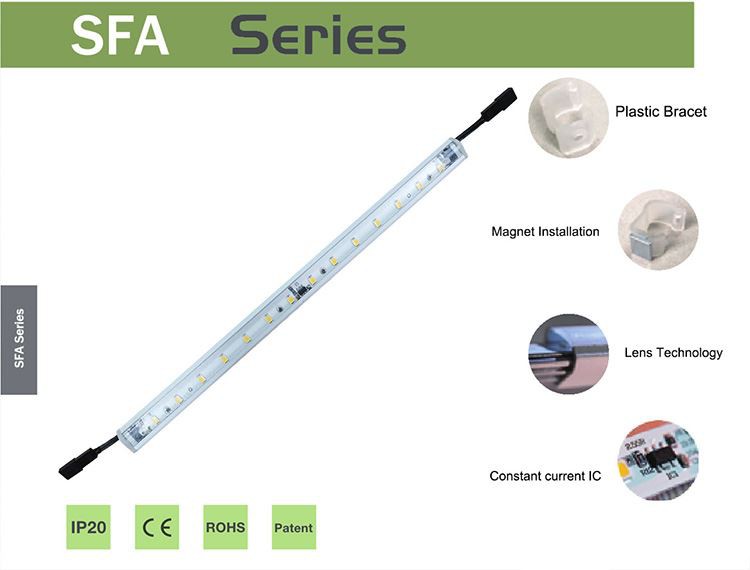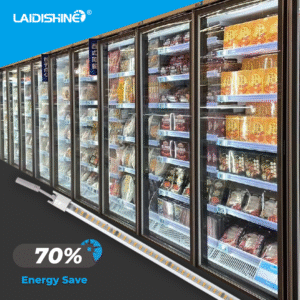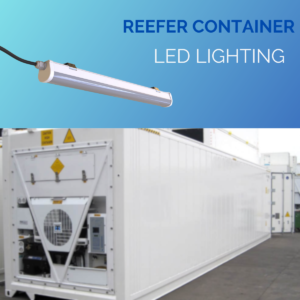LED driver is one of the crucial and confusing parts of the LED lighting.
How does an LED driver work? A Key piece of understanding how LED drivers work is knowing the different LED configurations. The two most common LED configurations are series and parallel.
In a series configuration, one LED’s anode (aka positively charged electrode) is connected to another’s cathode (aka negatively charged electrode). This enables a single, non-stop current to flow through all the LEDs in the series, usually called a string.
Important to note that in order to keep the entire string of LEDs running, you have to make sure you’re providing enough voltage for the sum of them all. So, for instance, if each LED needs 2V to illuminate and you have 10 LEDs, they will require 20V.
Another standard configuration for LEDs is a parallel configuration. Here we would connect multiple strings of LEDs in parallel — or side-by-side — to a driver. So, for instance, if you had 50 LEDs you could have five strings of 10 LEDs each running parallel, rather than all 50 in one string. A parallel configuration is for situations where you want to limit the voltage necessary to operate the strings of LEDs.
We can also configure parallel strings of LEDs in a matrix. This happens when sets of parallel strings of LEDs connect to each other in a series.






